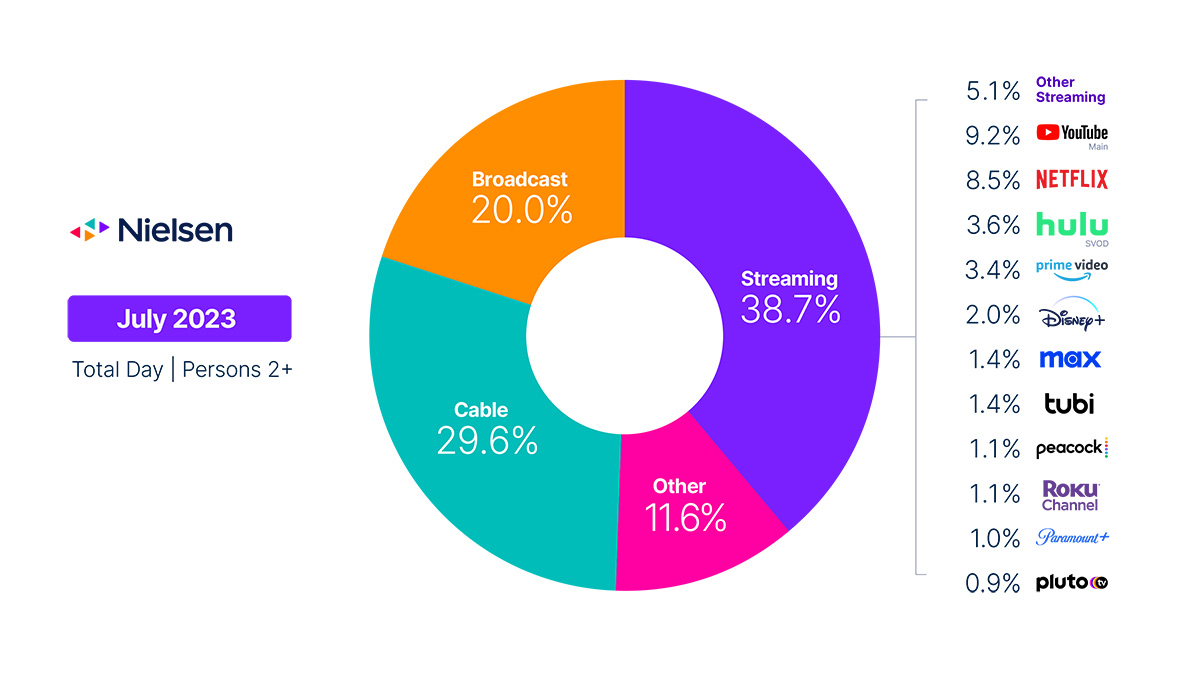Alyssa Miller reports on No Film School that Deepfake Technology Could Help You Change Inappropriate Dialogue in Post.
Flawless AI‘s tools include TrueSync that can be used to replace dialogue or even change the spoken language, all the while preserving correct mouth and lip movement.
Flawless TrueSync from Flawless AI on Vimeo.
Lara Lewington from BBC‘s Click explores the technology well:
Flawless on BBC Click from Flawless AI on Vimeo.
Other Flawless AI tools include: AI Reshoot (“‘allows you to make dialogue changes, synchronizing the on-screen actors mouths to the new lines, without needing to go back to set”) and DeepEditor (“enables filmmakers to edit and transfer an actor’s performance from one shot, to another, even if the shots were filmed from different angles.”)
My take: this is powerful technology but not sure how I feel about Robert De Niro’s face speaking in German, German that some other actor is speaking. (Of course, the next iteration of this tech is to voice clone and use that to speak in German. But now we’re really offside.)



